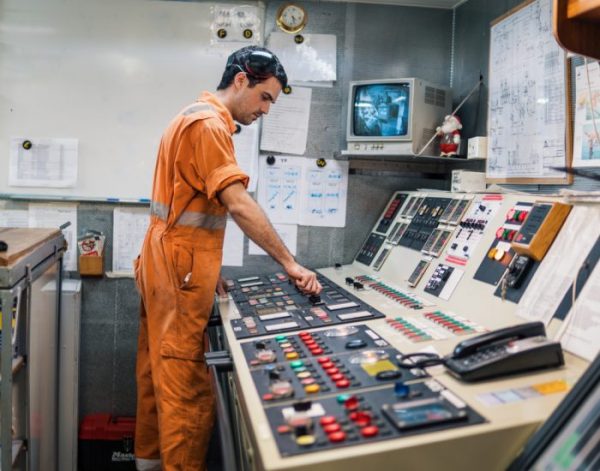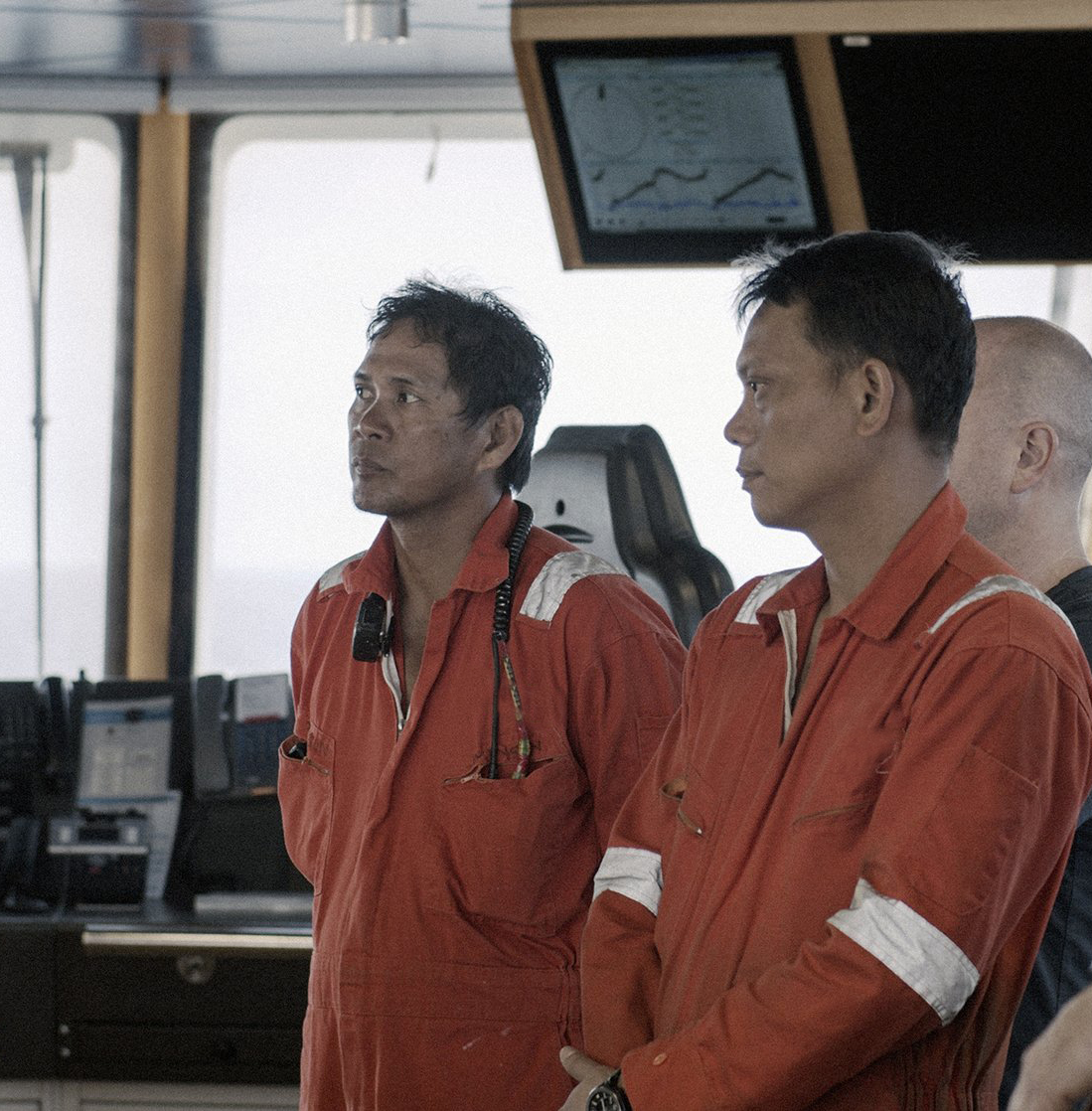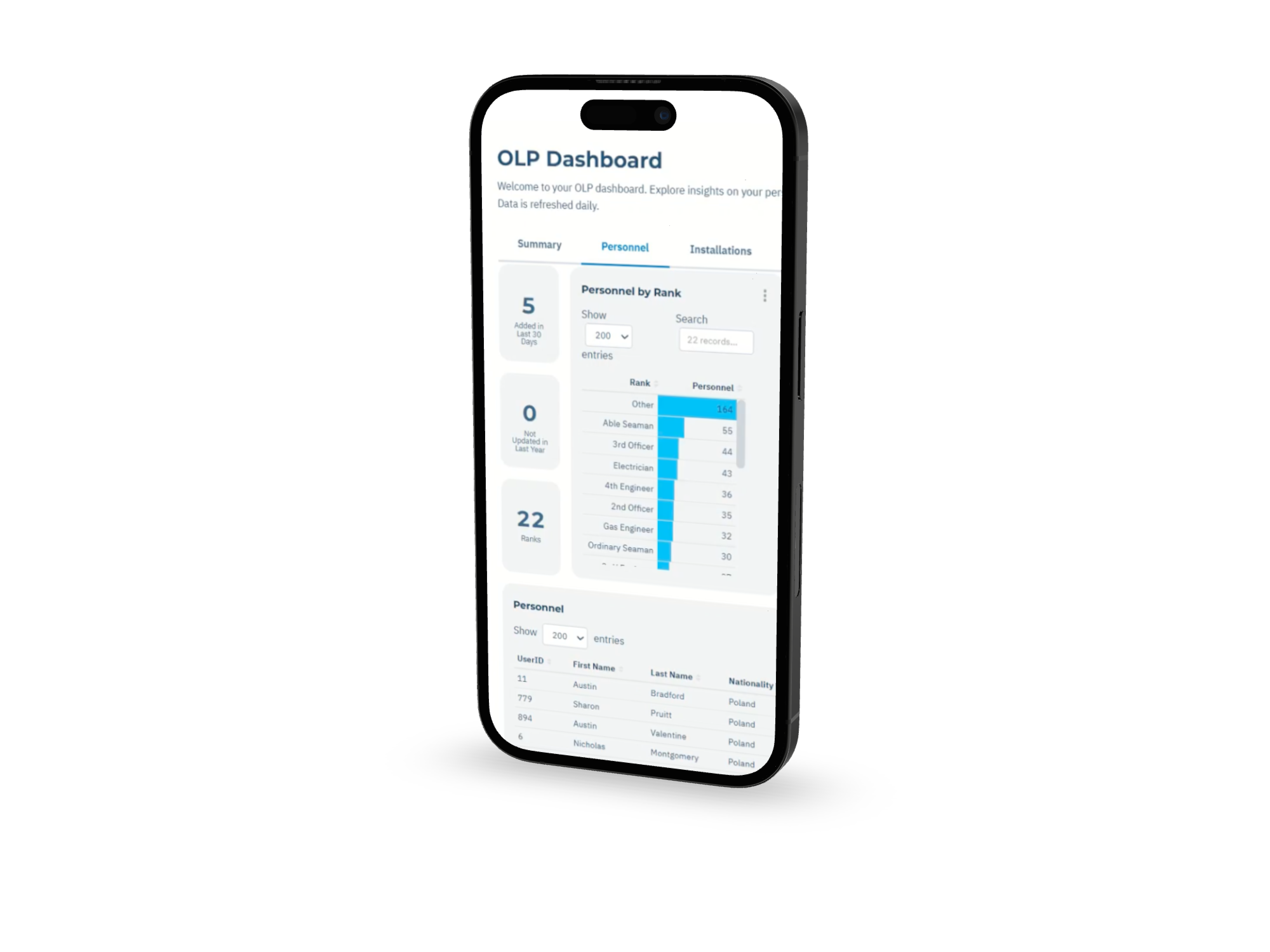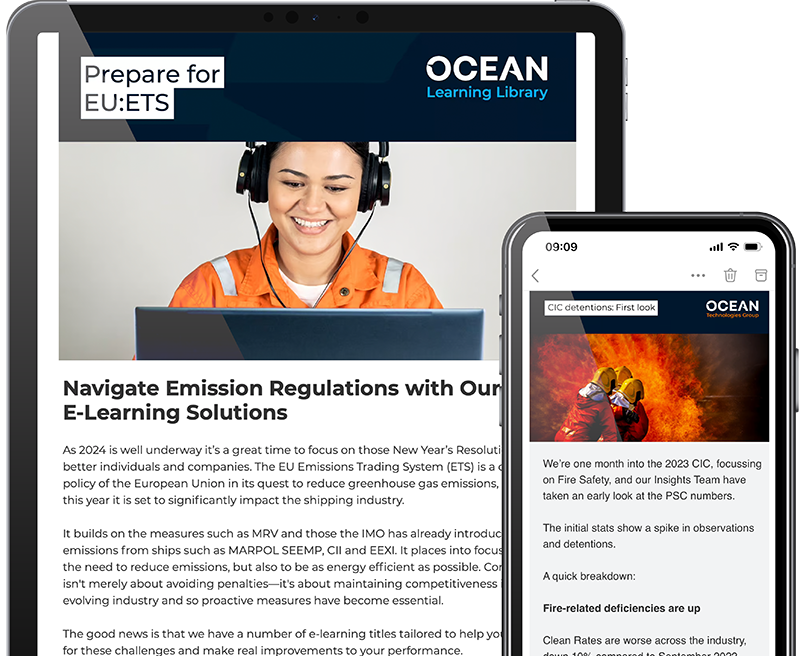Simplifying systems in an age of increasing complexity

The maritime industry is under increasing pressure to operate more efficiently while meeting evolving regulatory and environmental standards. This has led to a surge in new technologies, vendors, and digital solutions, each promising to streamline operations. However, the reality is often the opposite – an ever-growing number of disconnected systems can create unnecessary complexity, making operations harder to manage rather than easier.
For ship operators, the challenge is clear: managing multiple vendors, integrating different software platforms, and ensuring teams are trained to use them effectively. When systems don’t communicate properly, inefficiencies multiply, costs rise, and operational stability is put at risk.
THE PARADOX OF PROGRESS
Technological advancement is supposed to make life easier, but for many in the maritime industry, it often does the opposite. Every new tool or system promises better efficiency, reduced costs, or compliance with ever-tightening regulations. But without a clear integration strategy, these solutions can create more problems than they solve. Instead of a single streamlined workflow, ship operators end up juggling multiple disconnected systems, each with its own interface, workflow, and cost. Information gets duplicated, lost, or trapped in silos, making it harder to track, report, and communicate effectively.
This paradox of progress, where increased innovation leads to increased complexity, becomes particularly problematic in an industry where operational stability is critical. The cost of a mistake in maritime is high. Inaccurate, delayed, or missing information can lead to costly delays, regulatory non-compliance, or even compromise safety. The sector cannot afford downtime or inefficiency caused by incompatible systems or poorly integrated solutions. Yet many companies find themselves struggling with exactly this challenge as they try to keep pace with technological developments.


THE COST OF FRAGMENTATION
While new entrants to the market bring fresh ideas and innovation, they can lack the depth of industry experience and long-term stability that ship operators require. Adopting solutions from multiple vendors without a clear integration plan can lead to unforeseen costs:
Hidden inefficiencies – Juggling multiple systems often requires additional administrative work and troubleshooting, reducing overall productivity.
Higher OpEx – Licensing and maintaining multiple solutions from different vendors can be more expensive than investing in a single, integrated platform.
Increased risk exposure – Poorly integrated systems create potential points of failure that can compromise security, compliance, and operational stability.
These costs are not always immediately apparent, but over time, they can erode the intended benefits of adopting new technologies. Companies that take a more strategic approach – prioritising long-term efficiency over short-term innovation – are better positioned to succeed in an increasingly complex digital landscape.
WHY INTEGRATION MATTERS
The key to harnessing the benefits of innovation without being overwhelmed by complexity lies in choosing the right partners. Established providers who understand the industry and its challenges can simplify operations. They offer integrated solutions that eliminate the need to manually move data between systems, reducing the burden of managing multiple software platforms, contracts, and vendor relationships. These partners can bring several advantages:
Stability and reliability – Trusted, established providers have a track record of delivering robust, secure, and well-supported solutions tailored to maritime operations.
Interoperability – When offering a full-suite approach, they ensure that systems are designed to work together seamlessly, reducing the risk of data silos and inefficiencies.

Scalability – As regulatory requirements and business needs evolve, an integrated solution provides a future-proof foundation, allowing companies to adapt without unnecessary disruption.
Ease of use – A unified platform simplifies workflows, reducing the need to constantly switch between different software tools, track down information across multiple systems, or manually piece together data.
When systems are built to work together from the outset, companies avoid the pitfalls of fragmentation and inefficiency. Instead of constantly reacting to new technology trends by adopting one-off solutions, they can implement a cohesive strategy that ensures new tools complement rather than complicate existing operations.
A further risk of fragmented solutions is that changes to one vendor’s system can break integrations or require costly updates to maintain compatibility with another system. When different vendors update their platforms independently, organisations are left scrambling to realign their tech stack, adding unexpected costs and complexity. This constant need to adapt prevents companies from focusing on what really matters, running safe, efficient, and profitable operations.
THE CASE FOR TRUSTED PARTNERS
The maritime industry is unique in its requirements and constraints. Unlike other industries where technological adoption can happen rapidly and iteratively, shipping companies must carefully balance innovation with stability. Working with established partners who understand these nuances allows companies to implement new technologies in a way that is both sustainable and effective.
At the heart of this approach is the recognition that technology should serve as an enabler, not an obstacle. By choosing a provider that offers a comprehensive suite of solutions, shipowners and operators can focus on what matters most – safe, efficient, and sustainable operations – without getting lost in the complexity of managing multiple, disconnected systems.
As the industry continues its digital transformation, the companies that will thrive are those that understand this fundamental truth: innovation is only valuable when it simplifies, rather than complicates, the way we work.
We understand the unique challenges facing the maritime industry today. That’s why our solutions are designed to help you deliver on the things that matter most: safety, compliance, people management and cost efficiencies.
Contact us today to learn how our connected solutions can support your goals.

Subscribe to our Newsletter
Stay connected with our guides, insights, news and more.

